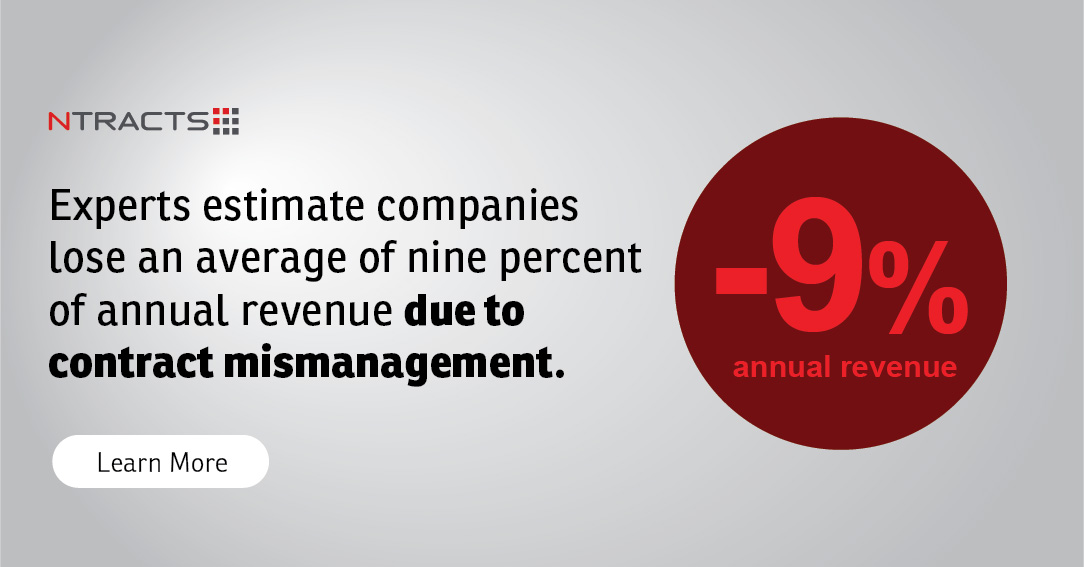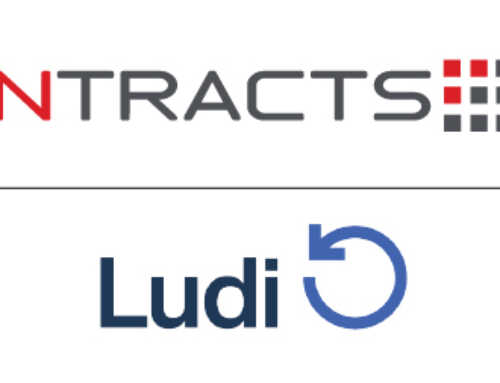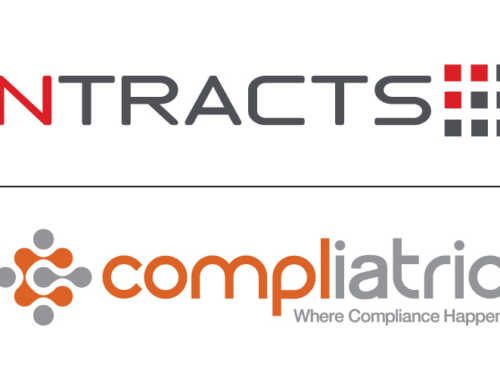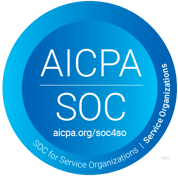The world of contract management has come a long way over the years, and it’s now much more than just getting a line of sight into your agreements. Today, contract management is an integral part of the contracting process, with the goal of putting standards in place, meeting business objectives, and using workflow automation and data to drive efficiency and process improvement.
One of the key shifts in contract management is the use of your CLM for benchmarking and process improvement. Organizations are now using data to evaluate their contract management processes and identify areas for optimization. They are also using data to disseminate best practices and drive efficiency gains across departments.
A well-executed contract management process can lead to significant improvements in organizational efficiency, as demonstrated by a case study where one organization used data to streamline their contract management processes, resulting in faster contract turnaround time (just 7 days). Other departments within this organization have noticed these successes and – through evaluating their own processes, data, and incorporating an understanding of the practices of their counterparts -replicated the process to improve the operations in their own departments too.
This is just one example of the significant business impact contract management and Contract Lifecycle Management (CLM) can have across a healthcare organization. While it may have once been viewed as simply a way to manage contracts and ensure compliance, CLM solutions and processes are now being recognized as a powerful tool for driving efficiency and improvement across all areas of the organization.
Further, hospitals can make more informed business decisions by utilizing data and visualization tools to extract insights and identify trends and patterns.
Here a few examples of ways hospitals can use contract data to inform their business decisions:
Monitor Contract Performance
Hospitals can use contract data to monitor the performance of their contracts and identify areas for improvement. This includes tracking key metrics such as payment terms, compliance with standards, and delivery of services.
Tracking and monitoring key data points is the first, important step toward gaining insights and finding opportunities for areas of improvement.
Here is our short list of essential data points to start capturing:
- Parties to the contract
- Effective Date
- Expiration Date
- Status of the Agreement (Active or Expired)
- Auto-renewal clause, if applicable
- Auto-renewal terms and times
- Termination and Out clauses
- Ensuring contract is fully executed
- Identifying Contract Responsible Parties
Identify Cost Savings Opportunities
Hospitals can also use contract data to identify areas where they can reduce costs, such as negotiating better payment terms or finding more cost-effective suppliers. A robust CLM solution can be used to:
- Gain Visibility
Having the ability to immediately access specific, quality data, allows organizations to make informed decisions and gives financial teams real-time information.
- Avoid Unintended Auto-Renewals
The International Association for Contract and Commercial Management estimates companies lose an average of 9% of annual income due to contract mismanagement, including unintended contract auto-renewals. Use data and built-in notifications to make timely decisions to terminate contracts prior to auto-renewal if needed.
- Avoid or Reduce Contract Overpayments
Continuing to pay vendors whose contracts have expired not only exposes the organization to additional expenses but also to additional regulatory risks.
- Eliminate Payments on Expired Contracts
CLM solutions should proactively notify users of upcoming milestones.
- Identify Cost Savings Opportunities and Reduce Regulatory Risk
The ability to evaluate contractual payment terms against payments—often payments to physicians— allows organizations to monitor for potential fraud. By proactively reporting payment discrepancies and voluntarily disclosing evidence of potential fraud, providers can avoid a lot of the costs and disruptions associated with a government-directed investigation and civil or administrative litigation. The financial repercussions can be much higher if not identified and self-disclosed.
- Improve Contract Negotiations
Hospitals can use contract data to inform their contract negotiations and ensure that they are getting the best possible terms and conditions. This includes using data to benchmark their contracts against those of similar organizations or similar services to support their negotiating position.
Process Acceleration Through Process Automation
An automated workflow can drive a measurable return on investment. By incorporating process and document standards, organizations realize opportunities for efficiency and productivity gains.
Streamline
Workflow automation streamlines and improves contracting efforts by eliminating human error and many time consuming, manual and redundant tasks associated with contract origination, review, approval and signature.
Your CLM platform should accommodate many different contract types and allow for custom intake forms to further streamline the process. The contract routing process should be tailored, yet not overly complex, and based on organizational policies – incorporating compliance, legal, finance, and executives.
Standardization
Standardizing the contract process enables faster document approval, allows the organization to make informed decisions and provides evidence that due diligence occurred upon entering into agreements. By using standard processes, fields, templates, clauses and contract drafts with approved contract language, contract redlining and review is vastly expedited.
Additionally, legal teams should utilize electronic signature to facilitate a seamless contract execution.
Identify Bottlenecks
Establishing and monitoring a workflow process— from contract submission to execution and review of each phase in between—allows organizations to have macro and micro visibility into each contract workflow status thereby gaining insight into the time it takes for a contract to go through the contracting process. Bottlenecks in your process are then easily identified and corrected, significantly improving productivity.
In conclusion, modern contract management best practices have led to a more data-driven and automated approach to managing contracts, facilitating operations, and managing departmental administrative processes within a healthcare organization. By leveraging contract data and process automation, hospitals can make informed and data-driven decisions that improve their operations and help them stay ahead in an increasingly competitive and rapidly changing healthcare landscape.





